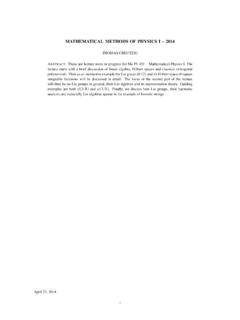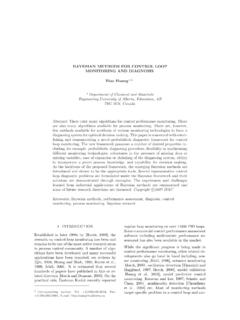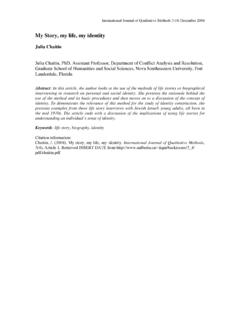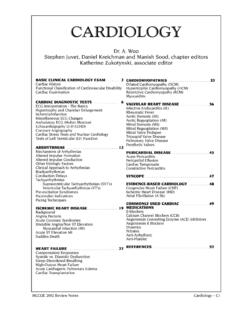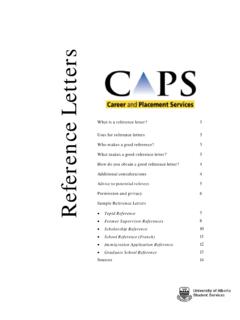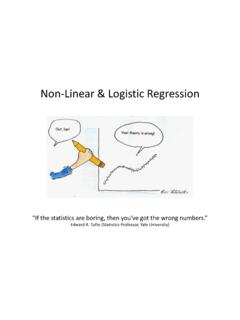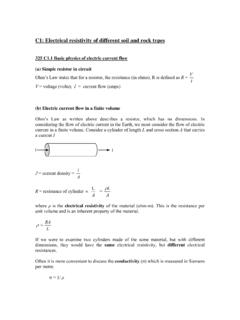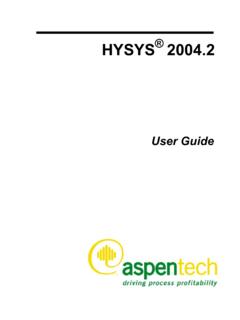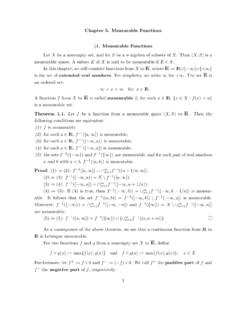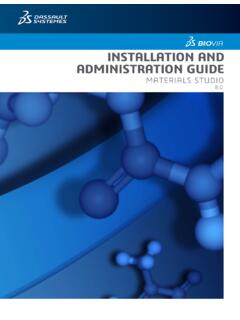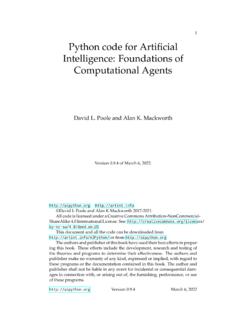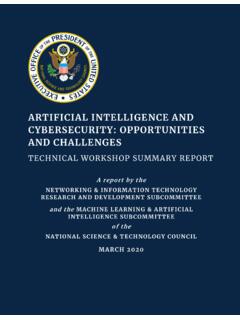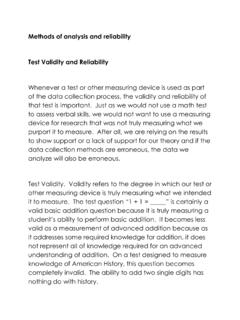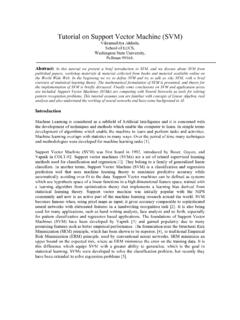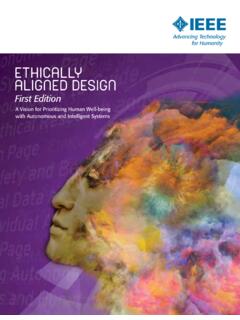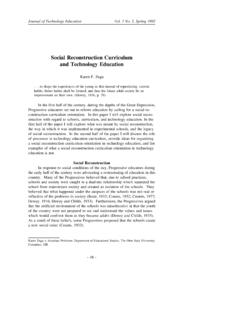Transcription of Algorithms for Reinforcement Learning - University of Alberta
1 Algorithms for Reinforcement LearningDraft of the lecture published in theSynthesis Lectures on Artificial intelligence and Machine LearningseriesbyMorgan & Claypool PublishersCsaba Szepesv ariJune 9, 2009 Contents1 Overview32 Markov decision Preliminaries .. Markov Decision Processes .. Value functions .. Dynamic programming Algorithms for solving MDPs ..163 Value prediction Temporal difference Learning in finite state spaces .. TD(0) .. Monte-Carlo .. ( ): Unifying Monte-Carlo and TD(0) .. Algorithms for large state spaces.
2 ( ) with function approximation .. temporal difference Learning .. methods ..36 Last update: March 12, choice of the function space ..424 A catalog of Learning problems .. Closed-loop interactive Learning .. Learning in bandits .. Learning in bandits .. Learning in Markov Decision Processes .. Learning in Markov Decision Processes .. Direct methods .. in finite MDPs .. with function approximation .. Actor-critic methods .. a critic .. an actor ..655 For further Further reading .. Applications.
3 Software .. Acknowledgements ..73A The theory of discounted Markovian decision Contractions and Banach s fixed-point theorem .. Application to MDPs ..78 AbstractReinforcement Learning is a Learning paradigm concerned with Learning to control asystem so as to maximize a numerical performance measure that expresses a long-termobjective. What distinguishes Reinforcement Learning from supervised Learning is thatonly partial feedback is given to the learner about the learner s predictions. Further,the predictions may have long term effects through influencing the future state of thecontrolled system.
4 Thus, time plays a special role. The goal in Reinforcement learningis to develop efficient Learning Algorithms , as well as to understand the Algorithms merits and limitations. Reinforcement Learning is of great interest because of the largenumber of practical applications that it can be used to address, ranging from problemsin artificial intelligence to operations research or control engineering. In this book, wefocus on those Algorithms of Reinforcement Learning that build on the powerful theory ofdynamic programming. We give a fairly comprehensive catalog of Learning problems,2 RewardStateActionSystemSystemControllerC ontrollerFigure 1: The basic Reinforcement Learning scenariodescribe the core ideas together with a large number of state of the art Algorithms ,followed by the discussion of their theoretical properties and : Reinforcement Learning ; Markov Decision Processes; temporal difference learn-ing; stochastic approximation; two-timescale stochastic approximation; Monte-Carlo meth-ods; simulation optimization.
5 Function approximation; stochastic gradient methods; least-squares methods; overfitting; bias-variance tradeoff; online Learning ; active Learning ; plan-ning; simulation; PAC- Learning ;Q- Learning ; actor-critic methods; policy gradient; naturalgradient1 OverviewReinforcement Learning (RL) refers to both a Learning problem and a subfield of machinelearning. As a Learning problem, it refers to Learning to control a system so as to maxi-mize some numerical value which represents a long-term objective. A typical setting wherereinforcement Learning operates is shown in Figure 1: A controller receives the controlledsystem s state and a reward associated with the last state transition.
6 It then calculates anaction which is sent back to the system. In response, the system makes a transition to anew state and the cycle is repeated. The problem is to learn a way of controlling the systemso as to maximize the total reward. The Learning problems differ in the details of how thedata is collected and how performance is this book, we assume that the system that we wish to control is stochastic. Further,we assume that the measurements available on the system s state are detailed enough sothat the the controller can avoid reasoning about how to collect information about the3state.
7 Problems with these characteristics are best described in the framework of MarkovianDecision Processes (MDPs). The standard approach to solve MDPs is to use dynamicprogramming, which transforms the problem of finding a good controller into the problemof finding a good value function. However, apart from the simplest cases when the MDP hasvery few states and actions, dynamic programming is infeasible. The RL Algorithms thatwe discuss here can be thought of as a way of turning the infeasible dynamic programmingmethods into practical Algorithms so that they can be applied to large-scale are two key ideas that allow RL Algorithms to achieve this goal.
8 The first idea is touse samples to compactly represent the dynamics of the control problem. This is importantfor two reasons: First, it allows one to deal with Learning scenarios when the dynamics isunknown. Second, even if the dynamics is available, exact reasoning that uses it mightbe intractable on its own. The second key idea behind RL Algorithms is to use powerfulfunction approximation methods to compactly represent value functions. The significanceof this is that it allows dealing with large, high-dimensional state- and action-spaces.
9 Whatis more, the two ideas fit nicely together: Samples may be focused on a small subset of thespaces they belong to, which clever function approximation techniques might exploit. It isthe understanding of the interplay between dynamic programming, samples and functionapproximation that is at the heart of designing, analyzing and applying RL purpose of this book is to allow the reader to have a chance to peek into this beautifulfield. However, certainly we are not the first to set out to accomplish this goal. In 1996,Kaelbling et al.
10 Have written a nice, compact survey about the approaches and algorithmsavailable at the time (Kaelbling et al., 1996). This was followed by the publication of the bookby Bertsekas and Tsitsiklis (1996), which detailed the theoretical foundations . A few yearslater Sutton and Barto, the fathers of RL, published their book, where they presented theirideas on RL in a very clear and accessible manner (Sutton and Barto, 1998). A more recentand comprehensive overview of the tools and techniques of dynamic programming/optimalcontrol is given in the two-volume book by Bertsekas (2007a,b) which devotes one chapterto RL times, when a field is rapidly developing, books can get out of datepretty quickly.
